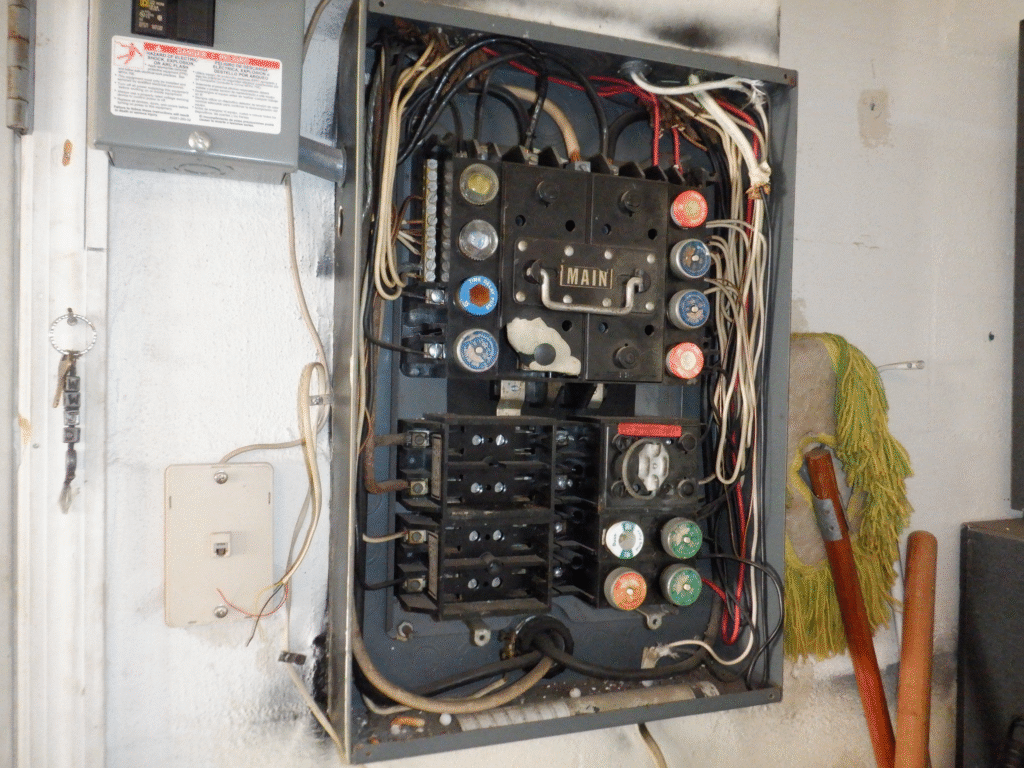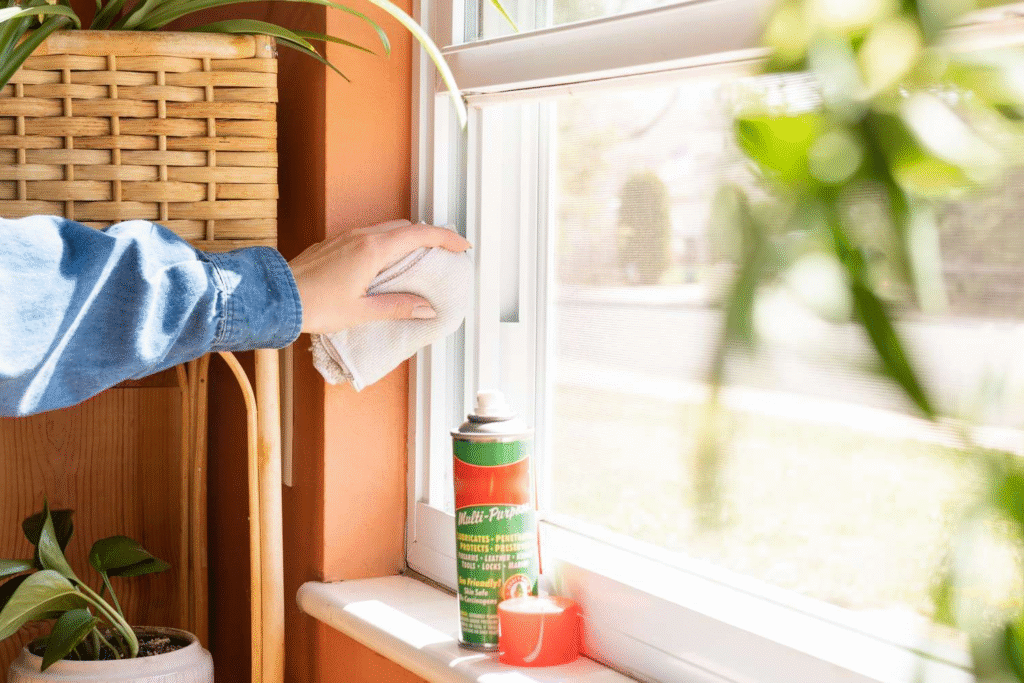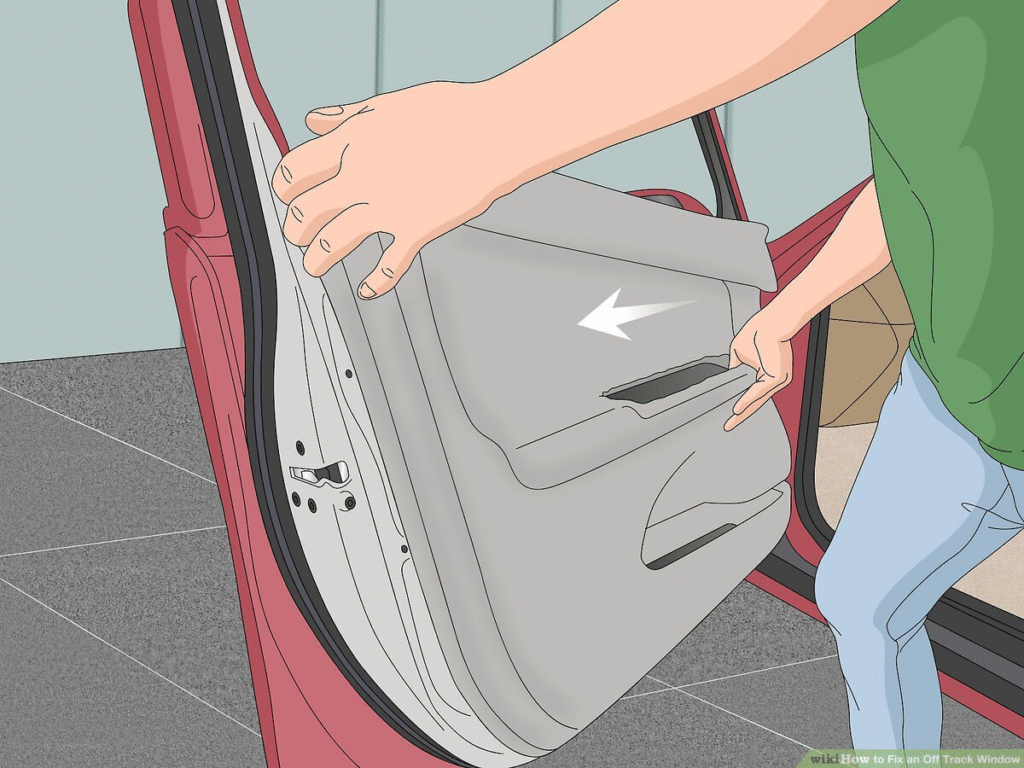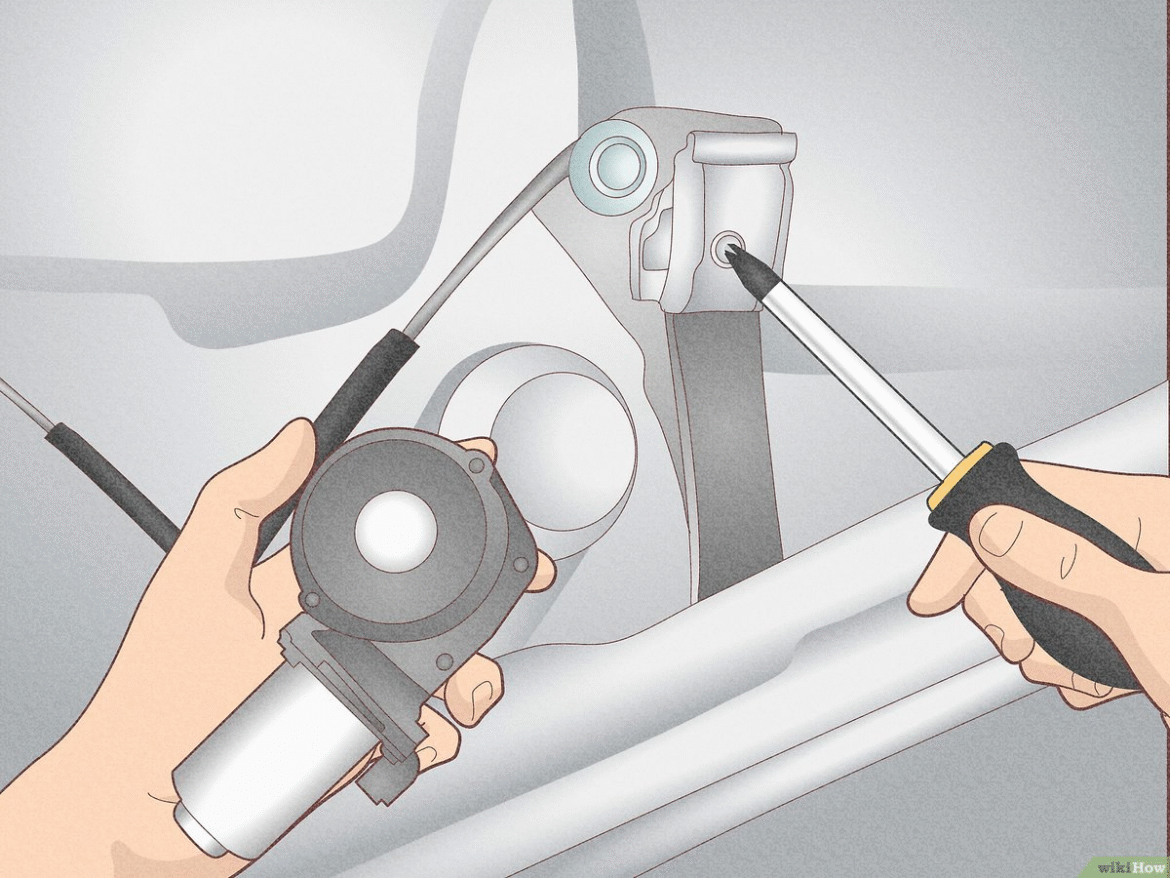Power windows are often a feature that drivers overlook – until they stop woking. One of the most typical issues is the window rolls down as it should but refuses to roll back up. This can be bothersome, especially if you’re stuck in inclement weather or worried about leaving your car in an open position for an extended period of time.
The good news is many of these problems can be remedied at home, with a miimum of tools and a little patience. So, in this guide, we will discuss the reasons this issue happens, and how to fix a car window that goes down but won’t go up — without the need for a mechanic.
Why Does This Happen? Common Causes Explained
A power window that rolls down but not up usually points to a prblem with one of the following:
- Faulty window switch
- Weak or dead motor
- Dirty or damaged window tracks
- Blown fuse or relay
- Wiring issue inside the door
- Regulator failure (mechanism that moves the window)
The good news? Many of these problems have simple fixes you can try at hme. Let’s go through them step-by-step.
Step 1: Listen to the Window Motor

Turn on the ignition and press the window switch to roll the window up.
- Do you hear any noise? (Clicking, humming, or grinding?)
- If you hear the motor trying to work but the window doesn’t move, the problem is likely mechanical (like the regulator or tracks).
- If you hear no sound at all, it could be electrical (switch, wiring, or fuse).
Knowing whether the motor is attempting to move helps narrow down the issue.
Step 2: Check the Window Lock Switch

It seems a bit obvious but check your window lock switch. It may have been turned on accidentally and you won’t roll up any of the windows.
Try to roll the window down via both the driver’s master switch and the door switch. If one rolls down and the other does not the switch or wiring is likely the problem and not the motor.
Step 3: Try the “Two-Hand Trick”
This is a simple trick that works surprisingly often:
- Hold the window switch in the “up” position.
- Use your other hand to press upward on the glass while someone else holds the switch.
- If it moves, gently assist the window as it rises.
- Once it’s closed, clean and lubricate the tracks to prevent the issue from recurring.
This method can help if the motor is weak or the tracks are dirty.
Step 4: Inspect the Fuse Box

Your car’s power windows are protected by a fuse or circuit breaker. If the window doesn’t respond at all:
- Locate your vehicle’s fuse box (often under the dashboard or in the engine bay).
- Find the fuse labeled “Power Windows” or “Driver’s Side Window.”
- Pull the fuse and inspect it. If it’s blown (metal strip broken), replace it with one of the same rating.
- If the fuse blows again after replacing, there may be a short circuit or motor overload.
Fuse replacements are cheap and easy — just be sure you’re using the correct amp rating.
Step 5: Test the Window Switch

Sometimes, the switch itself is the issue. Dirt, moisture, or wear can cause poor electrical contact. Here’s how to check it:
- Pry off the window switch panel carefully using a flathead screwdriver or trim removal tool.
- Disconnect the wiring harness.
- Inspect the switch for corrosion, damage, or loose wires.
- If you have a multimeter, test for continuity when pressing the button. If there’s no signal, the switch may be faulty.
You can also swap the switch with another one in the car (like the passenger switch) to see if the issue follows the switch.
Step 6: Lubricate the Window Tracks

Sticking or dirty window tracks can prevent the glass from sliding up smoothly, especially if the motor is slightly worn out.
- Purchase a silicone spray lubricant (don’t use WD-40 — it attracts dirt).
- Roll the window down as much as possible.
- Spray silicone into the vertical rubber window channels on both sides.
- Try rolling the window up again while gently guiding it.
This simple maintenance step can help windows glide more easily and extend the life of your motor and regulator.
Step 7: Check for Loose Glass or Off-Track Issues

If the window is tilted or partially jammed inside the door, it might be off its track.
- Remove the door panel (usually held by a few screws and clips).
- Carefully inspect the position of the glass inside the door.
- If the glass is crooked or out of the track, realign it gently and secure any bolts or clamps.
- Inspect the regulator arms and cables. If something looks broken, it may require replacement.
Be careful when working inside the door — wear gloves and avoid forcing parts.
Step 8: Tap the Door Near the Motor

Sometimes, the motor brushes inside the window motor wear down or stick, causing it to work intermittently. If you hear nothing when pressing the switch, try this:
- Turn the key to the ON position.
- Hold the window switch in the “up” position.
- Firmly tap the lower part of the door with your palm or a rubber mallet.
Occasionally, this may “revive” a stuck motor just enough to roll up! If so, then most likely the motor needs to be replaced shortly!
Step 9: Consider Replacing the Regulator or Motor

If your window is still not working and you’ve ruled out the fuse, switch, and tracks, the issue is probably with the window regulator or motor assembly.
These parts often come together as a unit and can be purchased for $50–$150 depending on your car model. Installation takes about 1–2 hours and can be done with basic tools like:
- Socket set
- Trim removal tool
- Screwdrivers
- Gloves and safety glasses
You’ll need to remove the door panel, unbolt the old motor/regulator, and install the new one. If you’re not confident, you can hire a mobile mechanic or ask a friend for help.
How to Prevent Power Window Problems in the Future
- Keep window tracks clean: Wipe them regularly and use silicone spray every few months.
- Don’t force stuck windows: You could burn out the motor or damage the glass.
- Avoid running windows when it’s freezing: Ice can lock the glass in place and strain the system.
- Address slow or noisy windows early: They often signal an issue before full failure happens.
- Don’t slam doors with windows halfway down — it can shake them out of alignment.
Final Thoughts
A car window that goes down but won’t go back up can be annoying, but it doesn’t always mean an expensive repair or a trip to the auto shop is unavoidable. With just a little time and a little troubleshooting you can usually find the cause and fix it yourself.
There are many low-cost fixes you can try first before you buy a new motor, or a new regulator. Like cleaning the tracks, testing the switch, and tapping the motor. If those doesn’t work, it’s still going to cost far less to replace a bad window motor or regulator than it will be to pay a mechanic to do it.
If you maintain your windows, you will not only have them operate smoother, but you will avoid the dreaded surprises during a storm or car wash, or losing the power window function on a cold winter morning.




